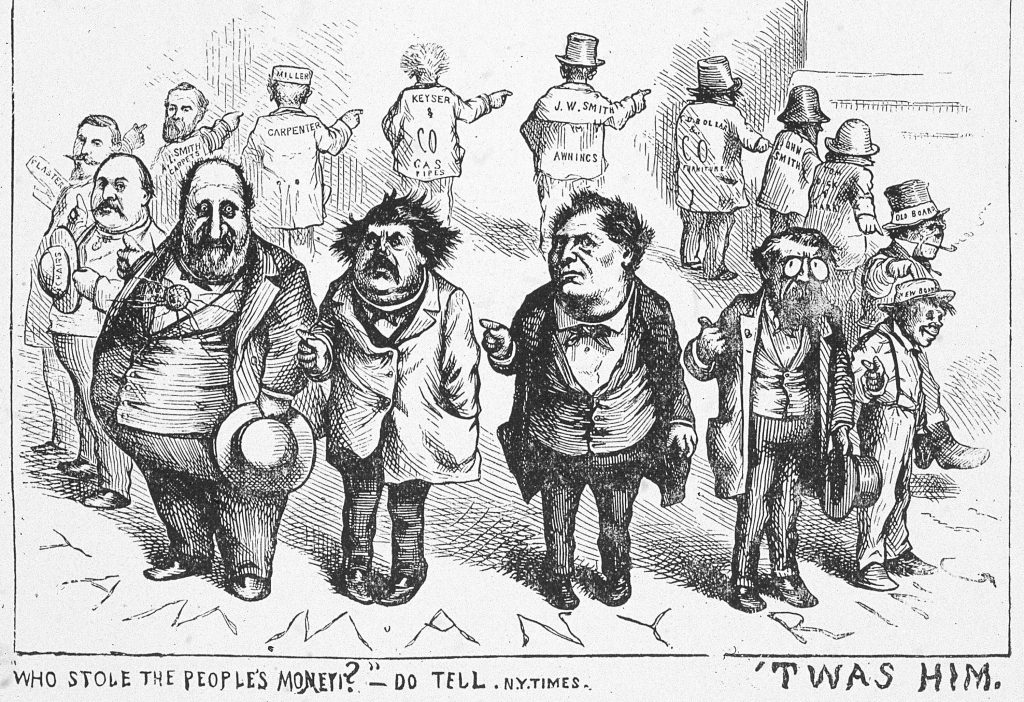
The Wuhan Flu has made 2020 a time that will probably go down in history as the “lost year.” And, it didn’t have to be this way. More and more evidence is piling up that the “experts” in charge of places like the CDC used bad intel for their projections, and now we find out that the disease – on its own – was not nearly as deadly as first thought. Indeed, only about 9,300 of the reported deaths were from COVID-19 alone, the rest were due to COVID plus underlying conditions.
That said, we live in the aftermath of those decisions made by people we trusted, and now have to adapt to the reality that has been created. The opening of school next week has brought to public view the on-again, off-again problem with high school athletics, and the decisions made by those in charge.
This writer has to admit at first he thought the Connecticut Interscholastic Athletic Conference should have taken the lead in making any decisions as to whether to play or not, but we have refined our thoughts. Put simply, the CIAC is doing what it is supposed to be doing, it is putting out a plan for playing athletics, including the disputed sports of football and volleyball, based on what its membership has determined. That membership has decided to attempt to play in the fall, beginning late September or early October.
Meanwhile, some school districts, most notably New Haven and Bridgeport, have opted out of the fall season. While fear of a spike in cases is at the heart of those decisions, in New Haven’s case the fact it is not opening its buildings until late October is playing a large role in its decision.
So, the problem is not the CIAC. It is offering a format for competition. It is not its place to determine whether sports should be played. Granted, the CIAC canceled the winter tournaments and the spring season, but only after it was apparent schools were not going to open, and the unknown quantity that was COVID still had to be investigated.
The decision as to whether to allow competition was left to competent authorities. Those ‘authorities” would be medical, professional and political in nature. The most salient quotation in the entire back-and-forth that has been going on over fall sports since July came from a member of the football committee. He said, more or less, that the determination to go forward is not that of coaches or ADs, but the aforementioned professionals. In other words, he was looking for a decision from the higher-ups. And, who could blame him?
This decision whether to play or not is an exercise in none of the “professionals” wanting to give definitive answers – and that is what is needed right now. The famous cartoon by Thomas Nast showing a circle of Tammany Hall politicians pointing to the next person in a circle was the first thing that came to mind. No one wants to make the decision. No one wants to be the bad guy. So, whether the season is played in various sports, but especially football and volleyball, will be determined by the fates.
School systems will opt out, boards of education will vote down athletics, and scholastic athletes and coaches will be hanging in the wind. Let’s be clear, the worst thing that can happen is for the season to begin only to be shut down in midstream. Right now, that possibility is a good one.
Why is that the case? The word “fluid” is being used as a modifier every time the discussions about sports are brought up. That word is a hedge, not only in the logistical sense, but in the psychological. As one official told me, “They want to give coaches and athletes hope.” The fact that hope might be dashed is another question.
School officials and the officials in some municipalities are taking the matter and making a decision. Most, however, are waiting. But once schools are opened in the coming days, cases are going to go up. Kids are going to be sent home, it’s already happening in colleges all over the state and region.
State leaders who have been so ready to dictate rules and regulations are surprisingly reticent to handle this situation. They too are looking to see what happens in the coming weeks, rather than doing that which they are charged to do: make decisions.
Scholastic teams around the state are preparing for a season that may or may not happen. On every field or court there is an elephant standing by, unseen, but definitely there.
Right now, the schedules are being inputted with the new regional regulations, and preparations are being made to operate, coach and officiate those games. But ask anyone of those people what’s missing, and they will tell you it’s leadership.
“No one wants to make the decision,” said my contact.
No, they’d rather let events make the decision for them. It’s going to be an interesting few weeks to the season openers.